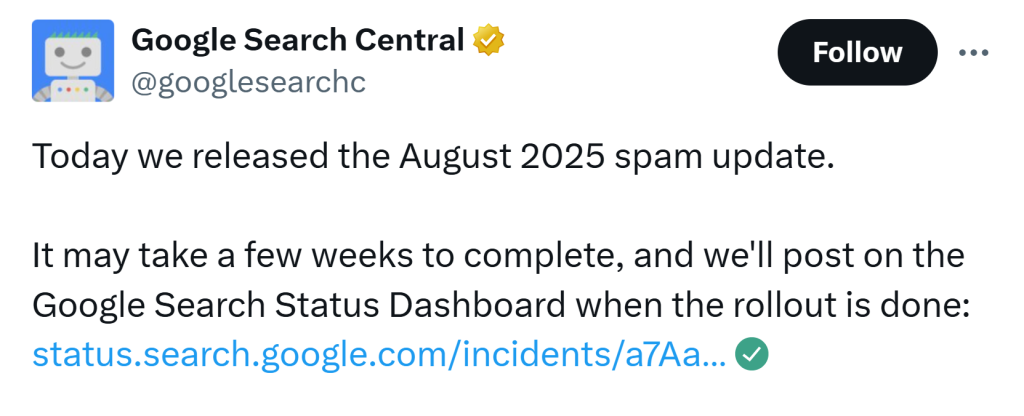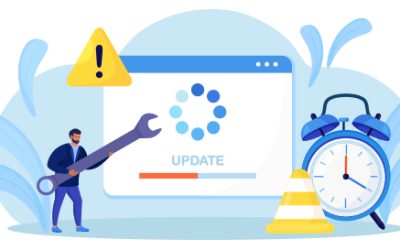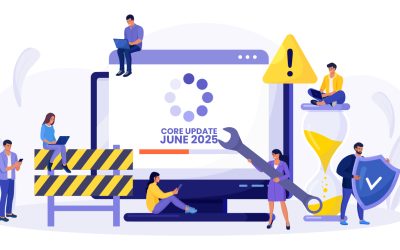Update As on September 22: Google Has Completed Rolling out August 2025 Spam Update
Google has completed its first spam update of this year, which ran from August 26th to September 22nd. Though details regarding this specific update remain sparse, the tech giant describes ‘spam updates’ as enhancements to automated systems like SpamBrain that target and reduce search spam without reordering the entire index.
Analysts noted the update acted mainly as a penalty measure, demoting or removing spam-heavy domains rather than boosting other sites. Site owners may see removal of non-compliant pages rather than an increase in rankings. Websites experiencing drop in visibility and rankings should focus on aligning content with Google’s spam policies, instead of chasing quick fixes. This update is part of Google’s ongoing efforts to keep pace with new spam tactics.
Google started rolling out its August 2025 spam update on August 26th at 09:02 PDT. This marks the first spam-related update of this year, coming 8 months after the December 24’ spam update. Unlike the last spam rollout, which wrapped up in seven days, Google has confirmed that this rollout may take several weeks to complete. Publishers can hire affordable digital marketing services to stay on top of the latest content quality guidelines. The search engine giant published this announcement on both LinkedIn and X, stating,

Google August 2025 Spam Update Explained
According to Google Search Status Dashboard, this update is set to affect all websites in all languages, worldwide. However, the tech giant has not provided any additional information about the exact spam behavior or tactic targeted in this update. This is consistent with previous spam updates, where the company typically avoids disclosing specifics to prevent bad actors from manipulating the system.
Website owners can refer to the spam guidelines published by Google for the previous updates. As Google’s spam detection systems gradually reassess websites, site owners may notice volatility in traffic or search engine rankings drops during this period. This is a typical sign of a spam-focused adjustment, and any drastic “quick fix” changes must be avoided while the update is still in progress.
In the meantime, the best course of action is to focus on long-term quality improvements rather than surface-level measures. This includes:
- Regular content audits to remove thin, duplicate, or low-value pages.
- High-quality content that demonstrates expertise, authoritativeness, and trustworthiness (E-A-T).
- Compliance with SEO best practices to avoid manipulative tactics and prevent future website penalties.
- Building authoritative backlinks to strengthen site credibility and enhance search visibility.
What Website Owners Should Do
While there’s no new guidance specific to this rollout, past spam updates provide a reliable playbook. Google consistently warns against manipulative practices such as:
- Keyword stuffing or hidden text
- Cloaking and sneaky redirects
- Automatically generated content designed only for rankings
- Link schemes or buying/selling links
- Site reputation abuse and low-quality third-party content
In short, the update reinforces the importance of creating authentic, user-first content. Publishers should take this opportunity to review their sites for any thin, duplicate, or overly commercial material that could be interpreted as spammy.
Every spam update sparks increased vigilance from SEO specialists and webmasters, but these periodic updates are part of Google’s broader mission to surface helpful, trustworthy, and original content. Site owners can stay informed about Google’s announcements by partnering with reliable outsourcing digital marketing services, which provide expert monitoring, insights, and strategic guidance.
Our SEO experts fix spam issues before Google hits your site!




